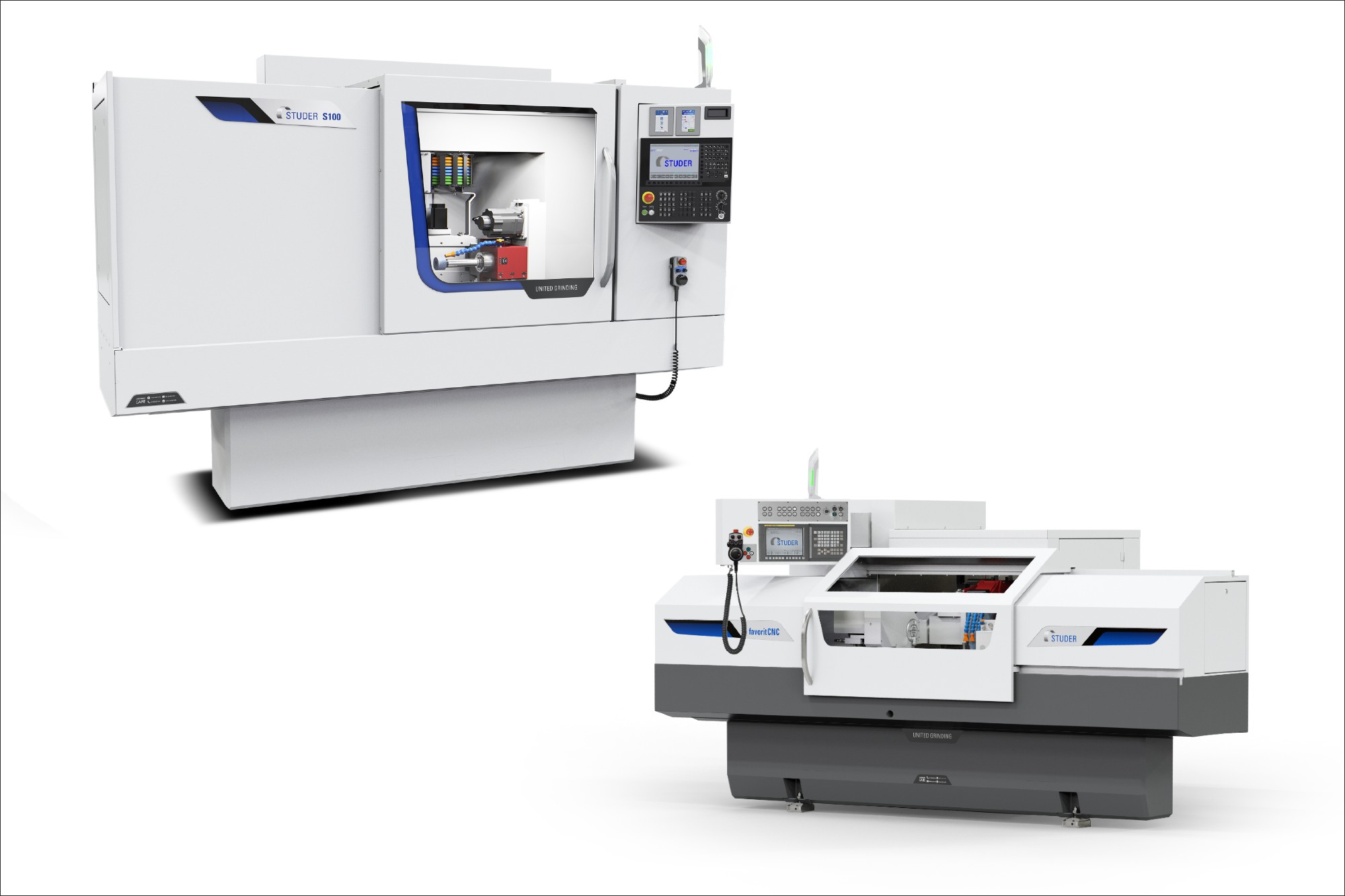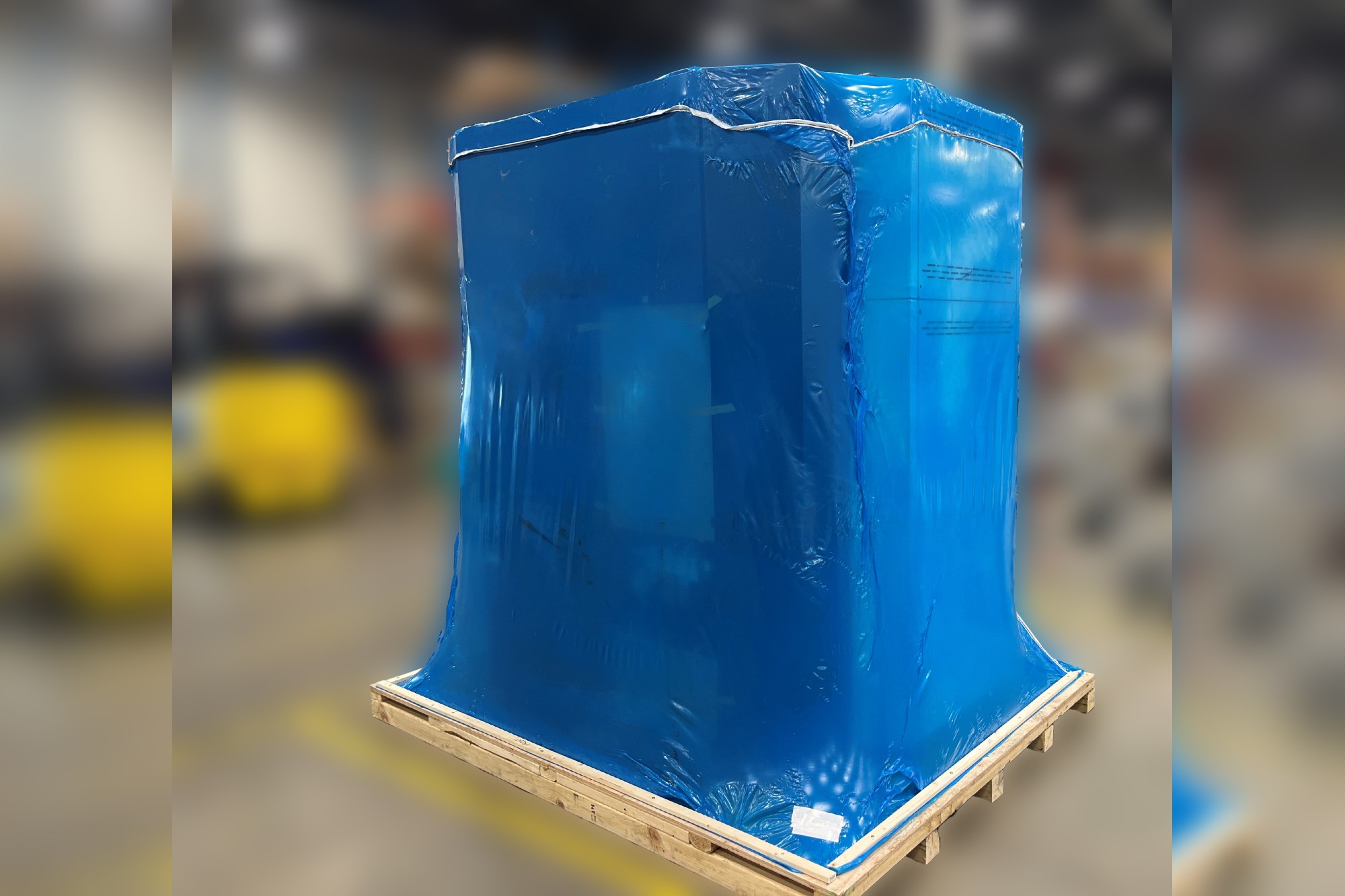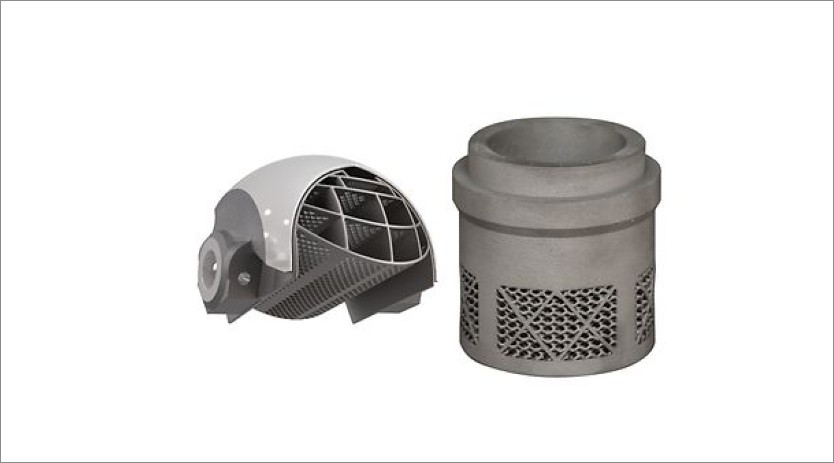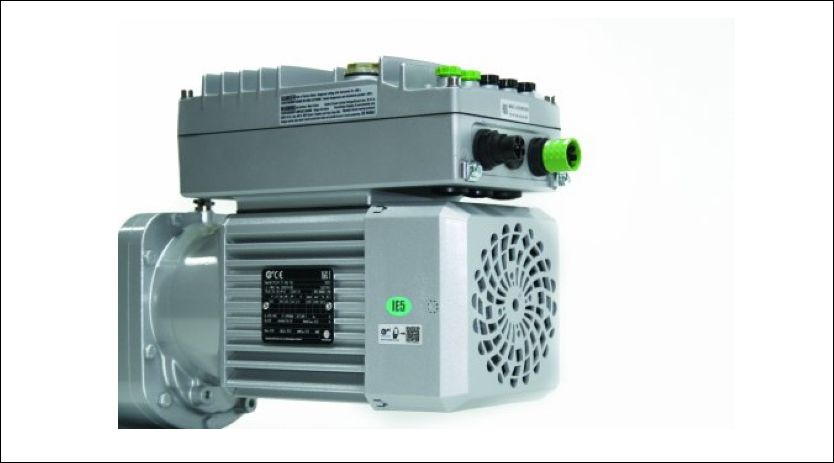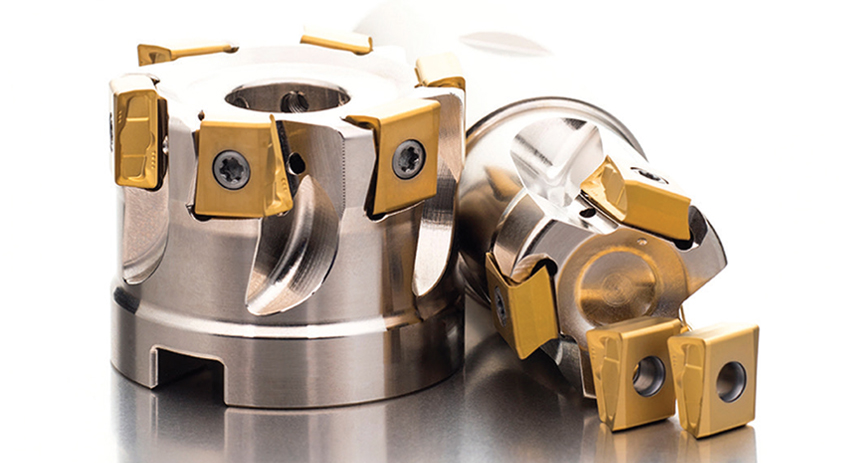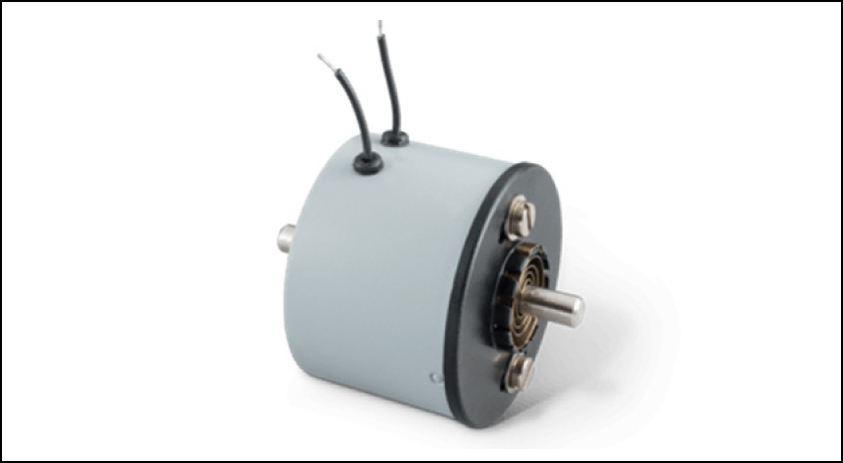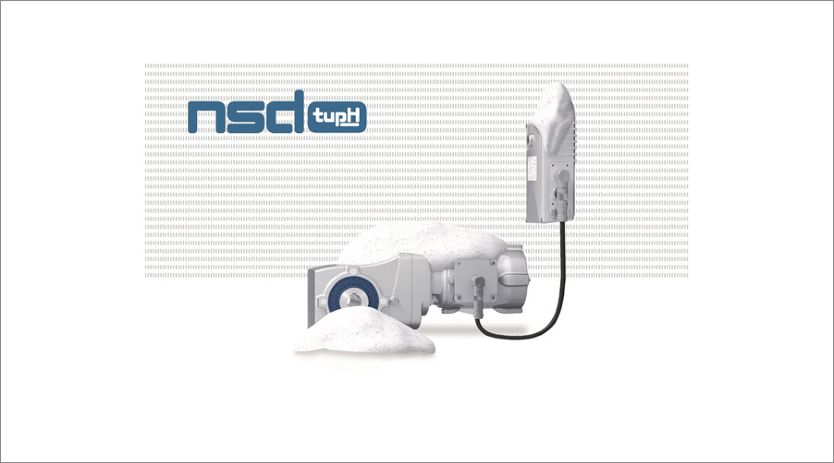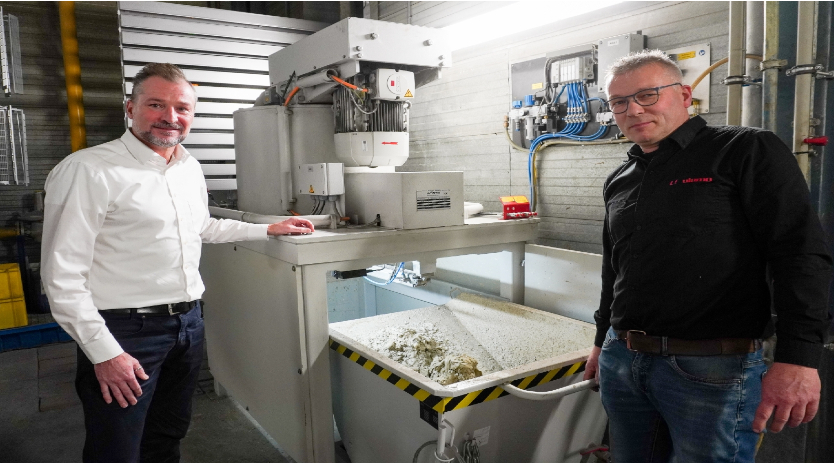Carbon fiber, the new age material on a growth path [Dec 2011]
By admin December 22, 2011 10:14 am IST
“The role of carbon fiber is increasing day by day in general life. Whether it is the Boeing or Airbus aircrafts you fly or the laptop you carry. CFRP have higher strength-to-weight ratios and impact resistance, offering greater design flexibility and better resistance to chemicals and corrosion”, explains Kalpesh Patel, CMD, Kemrock Industries
Carbon fibers are a new breed of high-strength materials containing 90 per cent of carbon obtained by the controlled pyrolysis of appropriate fibers. Carbon Fibre is rapidly becoming the material of choice for a variety of high-end commercial applications, from aerospace to renewable energy. A new breed of high strength material, carbon fiber is ideally suited for applications where strength, stiffness, lower weight, and outstanding fatigue characteristics are critical requirements.
The strongest carbon fibers are ten times stronger than steel and eight times that of aluminium, not to mention much lighter than both materials, 5 and 1.5 times, respectively. Their fatigue properties are superior to all known metallic structures and they are one of the most corrosion-resistant materials available, when coupled with the proper resins.
Carbon fibre reinforced composites are high in strength and stiffness with the added advantage of being light weight. The properties of carbon fibers such as high flexibility, high tensile strength, low weight, high temperature tolerance and low thermal expansion make them very popular in aerospace, civil engineering, military, and motorsports, along with other competition sports. Owing to their high dimensional stability, low coefficient of thermal expansion and low abrasion, carbon fibers are used in missiles, aircraft brakes, aerospace antenna and support structure, large telescopes, optical benches, waveguides for stable high-frequency (GHz) precision measurement frames. Widespread application of carbon fibre can be judged from the fact that it is used in applications as diverse as aircraft and spacecraft parts, racing car bodies, golf club shafts, bicycle frames, fishing rods, automobile springs, sailboat masts, and many other components where light weight and high strength are needed.
The role of carbon fiber is increasing day by day in general life. Whether it is the Boeing or Airbus aircrafts you fly or the laptop you carry. CFRP have higher strength-to-weight ratios and impact resistance, offering greater design flexibility and better resistance to chemicals and corrosion.
The application of carbon fibre can deliver weight savings that transform previously fixed equipment into portable equipment, which for the service and maintenance industry can save time by taking the work to the job. This reduces down time and improves service to the customer. Correct design of components in carbon fibre can often reduce the weight sufficiently to avoid the need for lifting equipment.
As a result of wider acceptance and emerging demand, the carbon fiber industry as a whole is now considered to be highly attractive with above average revenue growth and profit margin potential for those competing in the market. Over the past 12 months, the demand for carbon fiber and carbon fiber reinforced composites has steadily increased with increased amount of industrial application. In 2010, industrial application already represented two-thirds of all carbon fibre consumption. They consume approximately 20,000 metric tonnes (MT) per year out of a total of 31,000. By 2015, industrial consumption is expected to increase from 20,000 to 47,000 MT per year. Seeing the current spate of demand, it could even touch 1, 10,000 MT by 2020.
Cookie Consent
We use cookies to personalize your experience. By continuing to visit this website you agree to our Terms & Conditions, Privacy Policy and Cookie Policy.




